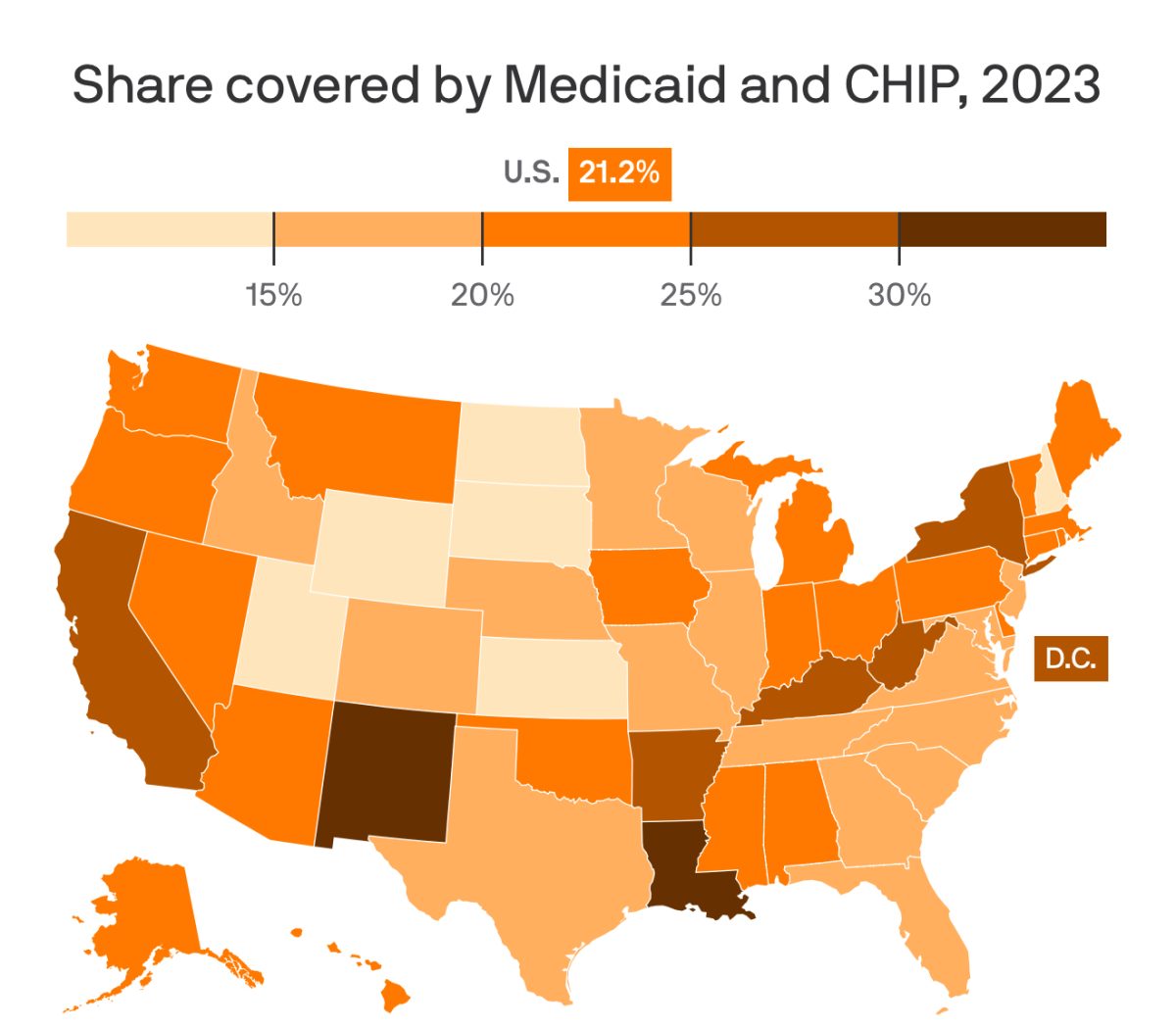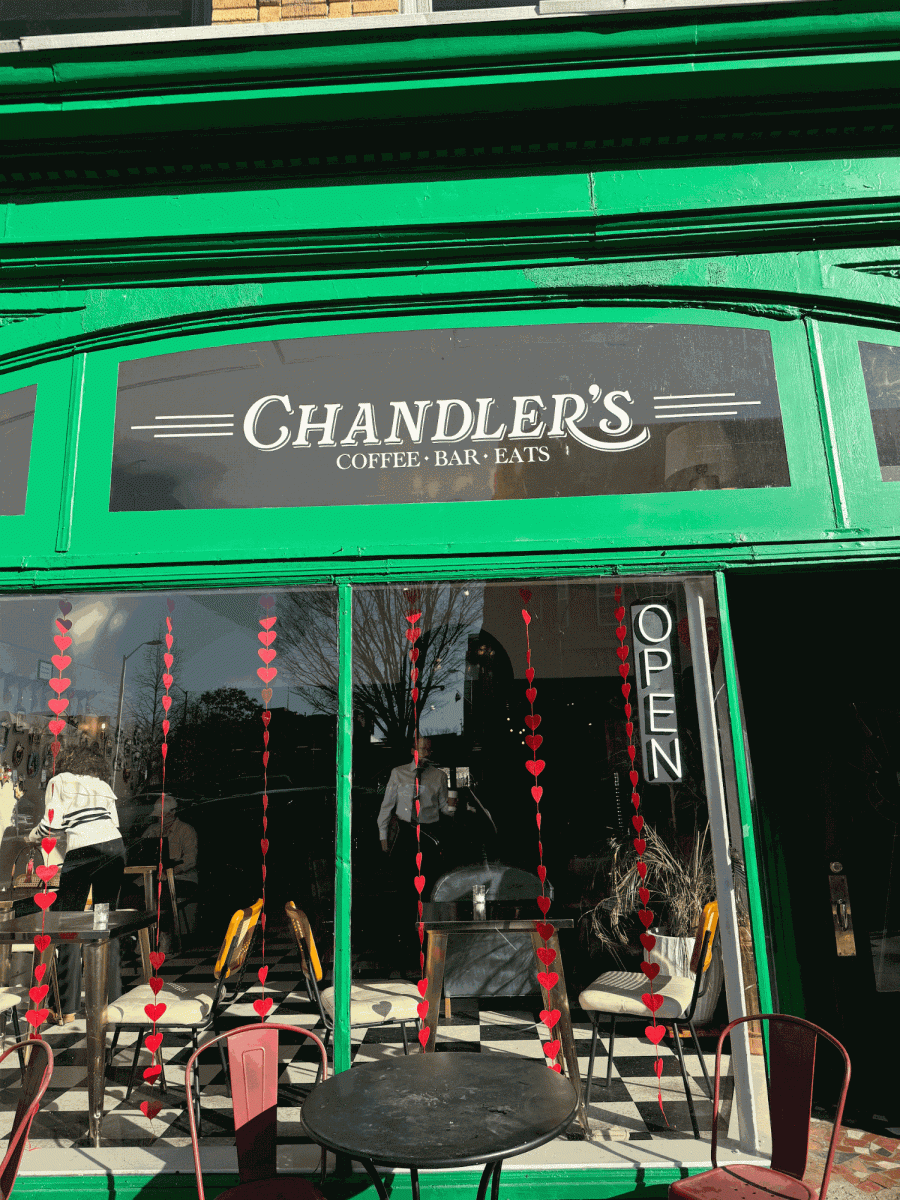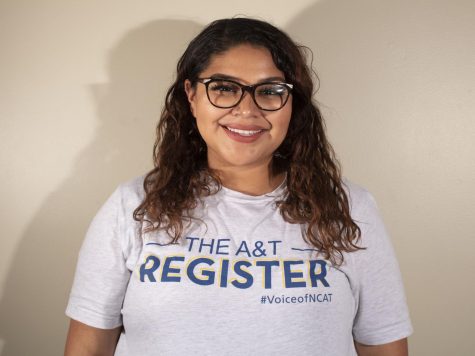Lauren Mitchell
Brightly decorated eggs, Easter egg rolling, Easter egg hunts are all integral to celebrating Easter today.
However, painting eggs during the springtime predates Christianity. In many cultures, the egg symbolizes new life, fertility, and rebirth.
For example, for thousands of years Iranians decorated eggs on Nowruz, the Iranian New Year that falls on the Spring Equinox.
Easter is a religious holiday, but some of it’s customs, like Easter eggs and many other Christian holidays, are linked to pagan traditions.
Before the resurrection of Jesus was celebrated by Christians, historians argue that Pagans in Europe celebrated the spring equinox, and the return of the sun God.
The term “Easter” actually
originates from the pagan goddess Eostre, who is celebrated at the equinox.
When Christianity rose into power in Europe, officials decided to adopted pagan traditions rather and make them Christian holidays, so that it would be easier to convert pagan people to Christianity.
Rather than being met resistance if they stripped pagan traditions away, they let them keep their traditions which
were later passed on through generations.
For Christians, the Easter egg is symbolic of the resurrection of Jesus Christ.
Painting the eggs, is a tradition within the Orthodox and Catholic Church, where eggs
are painted red to represent
the blood of christ that was shed at the cross. The eggs
are then blessed at the end of passover and passed out to the congregation.
The shell represents the sealed Tomb of christ, and cracking the shell represents Jesus’ resurrection from the dead.
Moreover, Easter was the first chance for Christian to eat eggs after abstaining from them and meat during Lent.
Every year the White House host the Easter Egg Roll, on the front lawn each Monday after Easter. This event holds no religious significance as eggs are also rolled as a symbolic re-enactment of rolling away the stone from Jesus’ tomb.
The first official White House egg roll occurred in 1878, when Rutherford B. Hayes was president.







